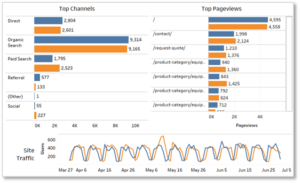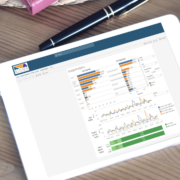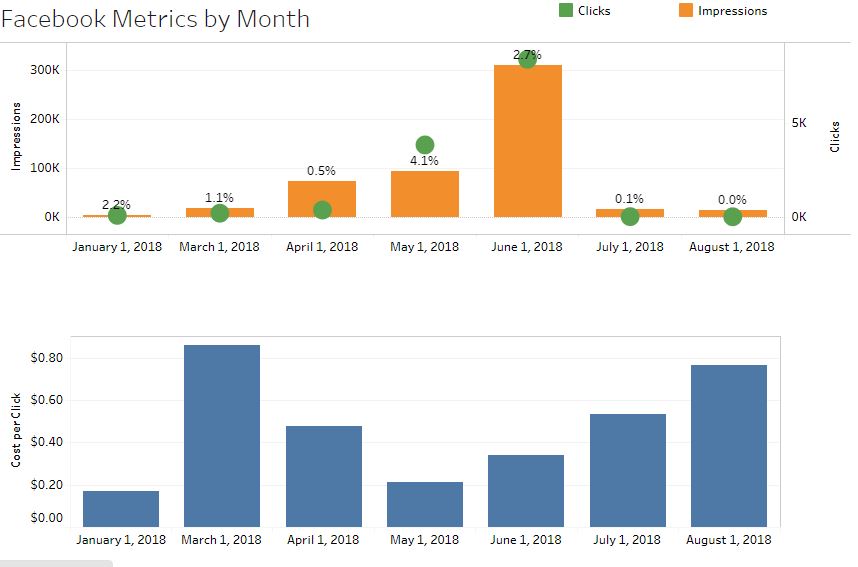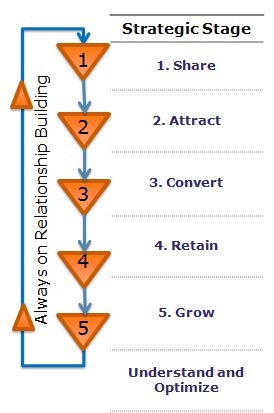9 Key Marketing Metrics Every Company Should Measure
When organizations begin to standardize marketing measurements across their sales channels, business units and media, they will better track Brand Equity, Market Share, Marketing ROI, and Product and Customer Profitability.
Here are 9 metrics every marketing organization can be measuring:
- Multichannel marketers are tracking the costs to generate traffic to their sites from all possible sources. These often include the costs to complete the transaction, which can include a call center or technical support of the site itself.
- Marketing Spending Metrics are often looked at to try to establish the ROI value of incremental spending. Some of the measurements in this area include cost per impression, reach, frequency, share of voice.
- Visitor Acquisition KPIs are used to understand the health of the sales funnel. Definitions begin to get very important here – what is a visit, what is the source of the visitor, what is a return visitor, what is a unique visitor, etc. Tracking sources often require the integration of multiple reporting tools – the ad serving provider, the web tracking tools, the ad tracking tools, etc.
- Site Effectiveness Measurements look at the conversion effectiveness of the site. The sales funnel is critical here – how efficiently can a visitor be turned into a customer?
- Definitions are critical in conversion metrics – especially if the conversions of one channel are to be compared to others. What does a conversion mean? The problem of properly attributing conversions to their sources is common and must be consistent across each channel.
- Buyer Metrics includes the frequency of purchases, or the retention rates of customers that can be rolled up to overall market share, brand equity and/or customer lifetime value. The most quoted Buyer Metric is typically the Average Order Value, or the AOV, which is used to understand and compare different groups of buyers.
- Revenue — Multichannel and e-commerce marketers track revenue carefully to compare the margin generated from each channel, to determine the value of incremental sales, and to guide pricing and promotion decisions.
- Customer Loyalty and Customer Profitability Metrics — Companies use these metrics to understand the value of their individual customers, regardless of which sales outlet they have chosen. Definitions are critical from one channel to the next, and the methodology for the measurement of loyalty and customer-level profitability can vary considerably from company to company, depending upon the purchase dynamics of the product.
- Profitability and ROI — Each of these categories of metrics can include components such as:
-
- Channel margin
- Performance compared to a sales target
- Net Profit
- Return on Sales
- Return on Investment
- Net Present Value (NPV)
- Return on Marketing Investment (ROMI)
Any one of these metrics are difficult to measure without integrated databases to create definitions across channels. As data tools advance and simplify the process, marketers increasingly have the ability to measure such metrics easily. Today, smart decisions across the marketing organization can and should be commonplace.





